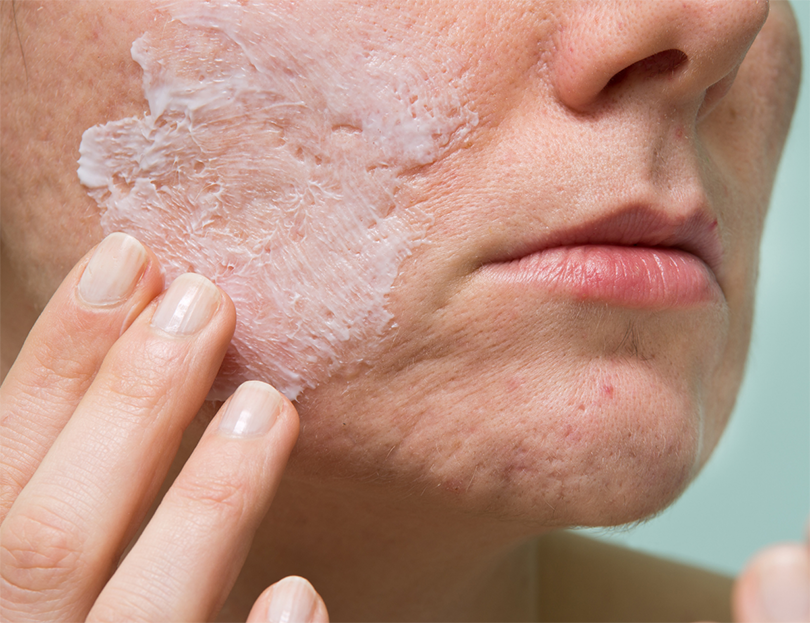Each pore on our skin is an opening for a hair follicle and an oil gland. When these pores become clogged with oil, dead skin, or bacteria, acne can occur.
Blackheads (Open Comedones) and whiteheads (Closed Comedones) result from an increase in oil production.
Closed comedones form when dead skin cells and sebum accumulate within the pores, creating tiny white bumps beneath the skin’s surface. The treatment approach is similar to that of open comedones.
Inflammatory acne occurs when the blocked channel ruptures, allowing bacteria (especially Propionibacterium acnes) to invade. Chemicals released by these bacteria cause the situation to worsen, resulting in swollen, red, inflamed bumps.
Cystic acne is a severe condition characterized by abscesses deep within the layers of the skin. It can be persistent and has a higher likelihood of leaving scars.
Depending on the type of acne, there are different and personalized treatment approaches available. Acne, especially when it occurs on the face, can lead to serious psychological issues. Therefore, the treatment plan and follow-up process should be managed by Dermatology specialists.


